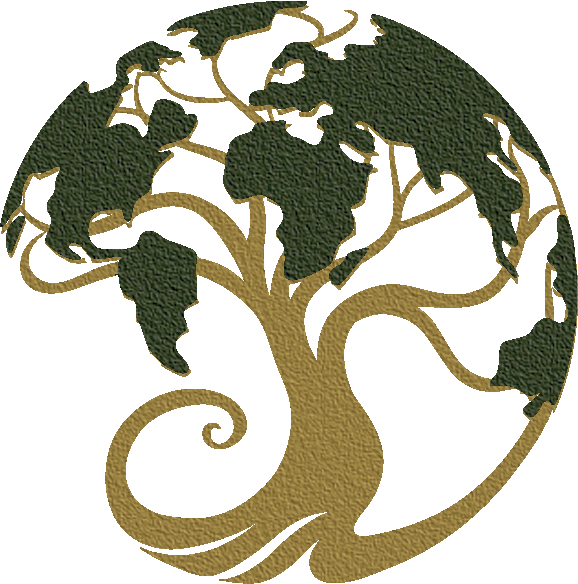Ethical Wild Food Foraging
Roaming the Verdant Wilds: Ethical Exploration and Harvesting of Nature's Bounty
Herbalist Shantree Kacera, R.H., D.N., Ph.D.
"Embarking on a journey of ethical wild food foraging is not just about gathering sustenance; it's about cultivating a profound connection with the earth and honouring the intricate web of life that sustains us all."
Hundreds of fascinating, delicious wild vegetables, fruits, nuts, seeds, and herbs grow in our neighbourhoods, backyards, parks, and forests that we overlook and disregard. Many are easy-to-recognize renewable resources you can easily collect and enjoy without harming the environment. Many are the same prolific "weeds" we unsuccessfully try to destroy. When you know what they are and begin to use them, you’ll discover that they are tastier and more nutritious than anything you can buy, and they’re entirely free.
My 45 years as an herbalist draw on pertinent science, nutrition, folklore, and personal experiences to contextualize the plants. This article focuses on the best, most practical, familiar, and widespread wild edible plants. I've been using many plants for food and home remedies since the mid-1970s, and I’d like to share my favourites with you. However, it’s beyond this article’s scope to cover the thousands of purely medicinal, non-edible plants growing. We concentrate only on the delicious wild foods you can fully enjoy.
It's easy to make fantastic-tasting, nutritious meals with edible wild plants—creative recipes without refined and processed foods containing artificial chemicals.
1) The best way to learn about the incredible edible, delicious plants is to go on herb forage with a knowledgeable herbalist or wildcrafter. Begin by learning a few easy-to-identify plants well. To learn about too many plants all at once causes a great deal of confusion.
2) Don’t work with plants with poisonous parts or become poisonous when they mature until you have years of experience with safer plants. Nature provides a wide variety of entirely safe species to forage. Learn the common toxic plants in your neighbourhood, especially those that resemble edible ones. It will make foraging safer and provide a last resort if the in-laws get out of hand.
3) Before you pick, Find out if your foraging grounds have any sprays on them. Many parks prohibit spraying, but some of the best plants grow in partially shaded, disturbed habitats alongside railroad tracks. Railroads often spray their right-of-way with hazardous herbicides.
4) Never collect rare or legally protected plants. There aren’t usually enough of them to be worth eating anyway, and we want to encourage environmental recovery. Don’t even pick common plants where they’re rare. You’ll collect them more rapidly where they’re familiar, and they’ll probably be of a superior quality where they’re thriving. Collect only the parts of the plants you’re going to use. Don’t uproot plants when you’re only going to use the leaves.
5) Use common sense to ensure you don’t harm your collected plants. You're destroying future crops if you trample down bramble bushes to get every last berry. Leave more than enough mature plants to reproduce and ensure that you have a future supply. Take what you’ll use and collect no more than ten percent of any plant—less if you share the foraging ground with other people. If you’re collecting roots, be careful to forage only a tiny fraction of the most common root vegetables since you’re destroying them.
6) Don’t travel near heavy traffic. Lead, the worst pollutant in exhaust fumes, usually settles within fifty feet of the road. Leave a much wider margin, just in case. Most gasoline today is unleaded, but the soil may be contaminated. Leaves, roots, and stems contain the most lead. Fruits, berries, and nuts accumulate the least. Some plants, like wild onions, have a greater affinity for getting heavy metals than others. Environmental geologists are just beginning to experiment with such plants to remove contamination from soil.
7) Collect the right part of the plant in the appropriate season. Be careful not to collect pieces of poisonous plants along with your edibles.
8) Only collect water plants such as watercress if you test the water, especially if you eat it raw. Dangerous microorganisms can infect you, and other forms of pollution can contaminate the water. Your local Environmental Protection Agency branch will test your water for pathogenic microorganisms free of charge.
9) It’s much easier to avoid putting debris into your bag than sorting out trash later. Put as little non-edible material in your foraging bags as possible to save immeasurable time at home.
10) Put each species in separate bags. Enclose an index card or label in each foraging bag with the plant’s name and any notes, especially if you're attending a field walk where the instructor identifies many plants. Seal wild vegetables in plastic bags to keep them from wilting.
11) Wash all edibles in luke-cool running water just before you use them, but don’t store them wet, or they’ll spoil more quickly (Microorganisms thrive in damp settings).
If you think a wild plant or a wild food dish has gone wrong, throw it out. Don’t risk food poisoning.
Shantree Kacera, R.H., D.N., Ph.D., Permaculture & Forest Gardener, Therapeutic Herbalist & Ayurvedic Nutritionist with 45 years experience in the Natural Healing Arts. He co-founded Spirit of the Earth, The Living Centre & Living Arts Institute, London, ON. Canada
The Living Centre Educational Sanctuary
5871 Bells Rd. London, ON. N6P 1P3
519-652-0230 or 519-652-9109

